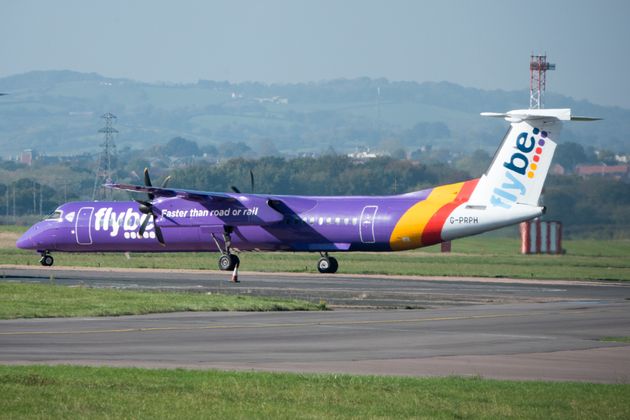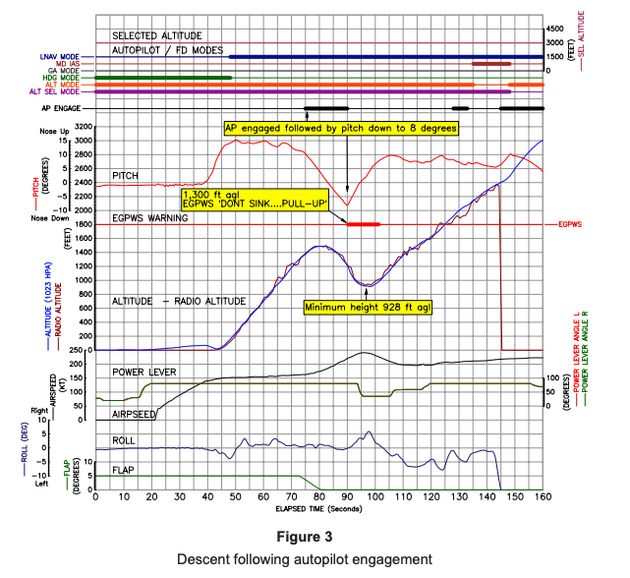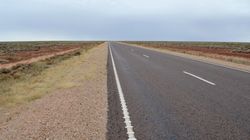
A Flybe plane came within seconds of disaster after an incorrect autopilot setting caused it to aim almost directly for the ground, air investigators said.
Forty-four passengers and four crew were on board the flight from Belfast City Airport to Glasgow Airport when the incident occurred shortly after take-off on January 11.
A report by the Air Accidents Investigation Branch (AAIB) stated that autopilot was engaged when the Bombardier Dash 8 Q400 turboprop plane reached an altitude of 1,350ft.
The aircraft continued to climb to 1,500ft but it “pitched nose-down and then descended rapidly” because autopilot was mistakenly set with a target altitude of zero feet.
Cockpit alarms alerted the captain and first officer to what was happening. They later reported they had “become visual with the ground”.

The captain disconnected autopilot and recovered the aircraft, having dropped to 928ft.
The maximum rate of descent of 4,300ft per minute during the event suggests the aircraft may have hit the ground just a few seconds later if the crew had not intervened.
They continued the flight to Glasgow and landed without incident.
The AAIB concluded that the crew’s selection of a particular autopilot mode before take-off led to the zero altitude target.
Autopilot systems are used to automatically control aircraft.
Flybe has taken several safety measures in response to the incident, including revisions to simulator training and amendments to pilots’ pre-take-off checklists.
A spokeswoman for the airline said: “Flybe maintains a rigorous approach to ensuring the very highest flying standards are maintained.
“As reported by the AAIB, Flybe implemented remedial actions quickly in response to the incident and our training and procedures have been amended to minimise the risk of a reoccurrence.
“Flybe operates over 158,000 flights a year and the safety of our passengers and crew remains our number one priority.”


